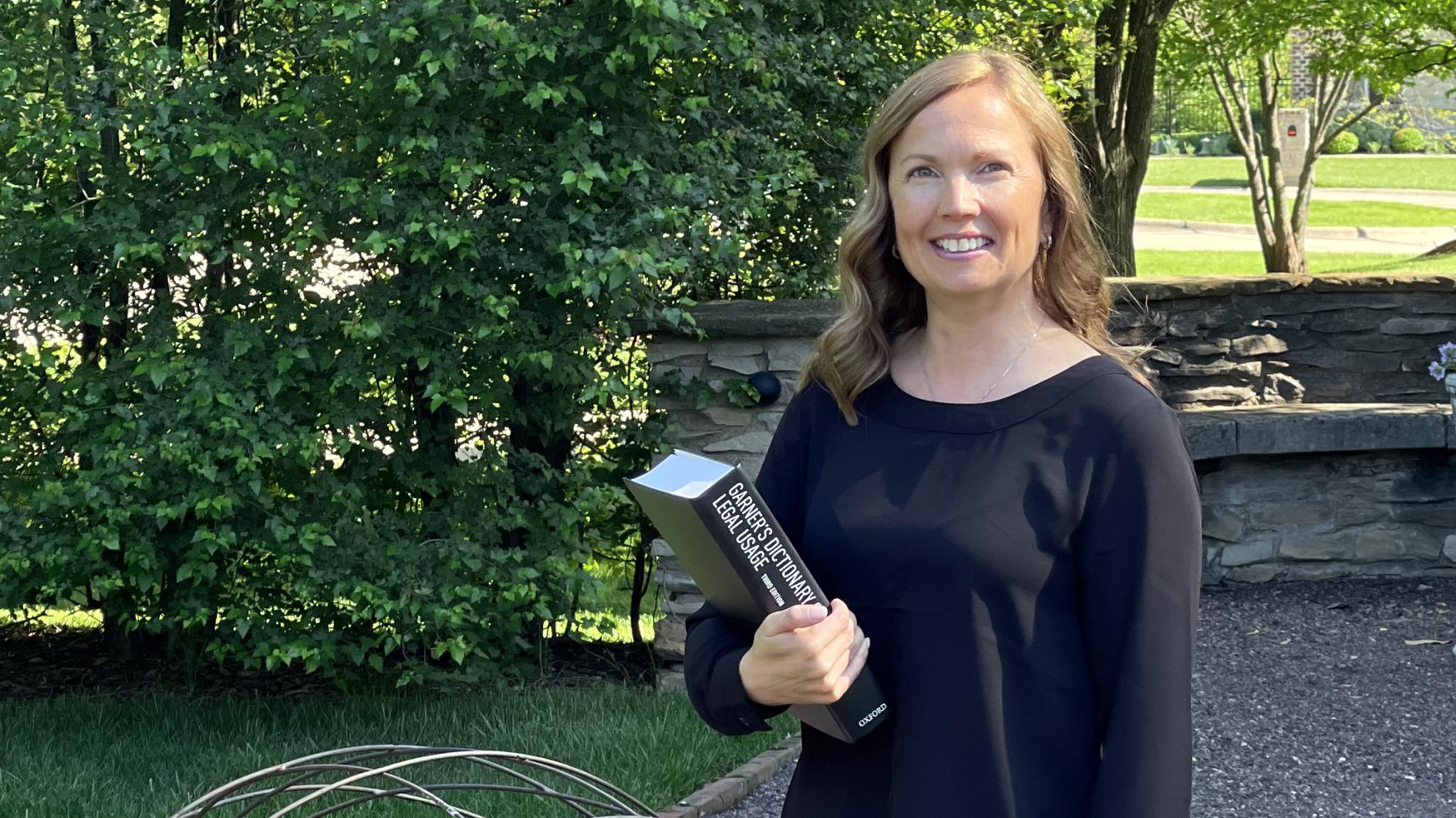Dissertation: It is time to create contracts all users can understand

“Contracts are first and foremost communication tools that guide various people to perform their jobs. To function as effective communication tools the contract design must consider all users”, Ms. Finnegan explains.
The research presents a novel four-step user-centered contract design process that combines cognitive, textual, and visual considerations to create a holistic simplified contract. Considering contracts as user guides, she presents ideas on how to write language the audience can understand, organizing contract content in a logical flow, and leveraging visual representations when possible. The outcome is a simplified contract.
Her research identifies structure, language, and visualization, as the three areas of design to produce a contract document that is readable, understandable, and usable for everyone that relies on the information to perform their jobs.
By integrating design thinking and focusing on who the audience is, contract development shifts from the traditional copy and pasting a prior agreement approach to designing contracts.
The research takes a multi-disciplinary approach to contract design studies seeing contracts not only as legal documents to protect businesses in case of a dispute, but as managerial tools to create and maintain positive business relations and prevent problems from arising. Building on relational contract theory, proactive law approach, and information design principles, the dissertation focuses on the communication challenges contracts present.
Just as the topic is multi-disciplinary, crossing the fields of legal, managerial economics, information design, and other studies, the work employs a mixed-method approach comprised of qualitative and quantitative research that studies contract operations as part of business and society.
“I encourage businesses to implement some of the contract simplification methods I have presented in my dissertation to make contracts more user-friendly to reduce misunderstanding between contracting parties, avoid disputes, gain efficiencies in transaction execution, and ultimately better financial performance”, urges Ms. Finnegan.
Public defence
The public examination of M.Sc Milva Finnegan’s doctoral dissertation ” User-centered design: A key to contract simplification” will be held on Tuesday 18 May at 17.00 o´clock. The public examination will be organized online:
https://uwasa.zoom.us/j/64305300295?pwd=bXRBamxGbFJrVDBsYS9xTFQwUW84dz09
Password: 940058
The field of dissertation is Business Law. Professor Soili Nysten-Haarala (University of Lapland) will act as opponent and Professor Vesa Annola as custos. The examination will be held in English.
Dissertation
Finnegan, Milva (2021) User-centered design: A key to contract simplification. Acta Wasaensia 459. Doctoral Dissertation. Vaasan yliopisto / University of Vaasa.
Publication pdf: http://urn.fi/URN:ISBN:978-952-476-952-5
Contact information
Milva Finnegan, milva.finnegan (@) gmail.com
Ms Milva Finnegan was born in 1978 in Vaasa, Finland. She attended secondary school in Närpiö, Finland. She graduated with a Bachelor's degree in Finance from Lindenwood University (USA) in 1999 and a Master's degree in International Business from the University of Saint Louis (USA) in 2000. Finnegan currently lives in St. Louis, Missouri, USA. She started her career at the Boeing Company, where she held several positions in the field of finance and contracts. After leaving the Boeing Company she started her own contracts consulting company, Karhu LLC, that helps companies improve their contract management processes and employee acumen.
Photo: Milva Finnegan, credit: Kevin Finnegan